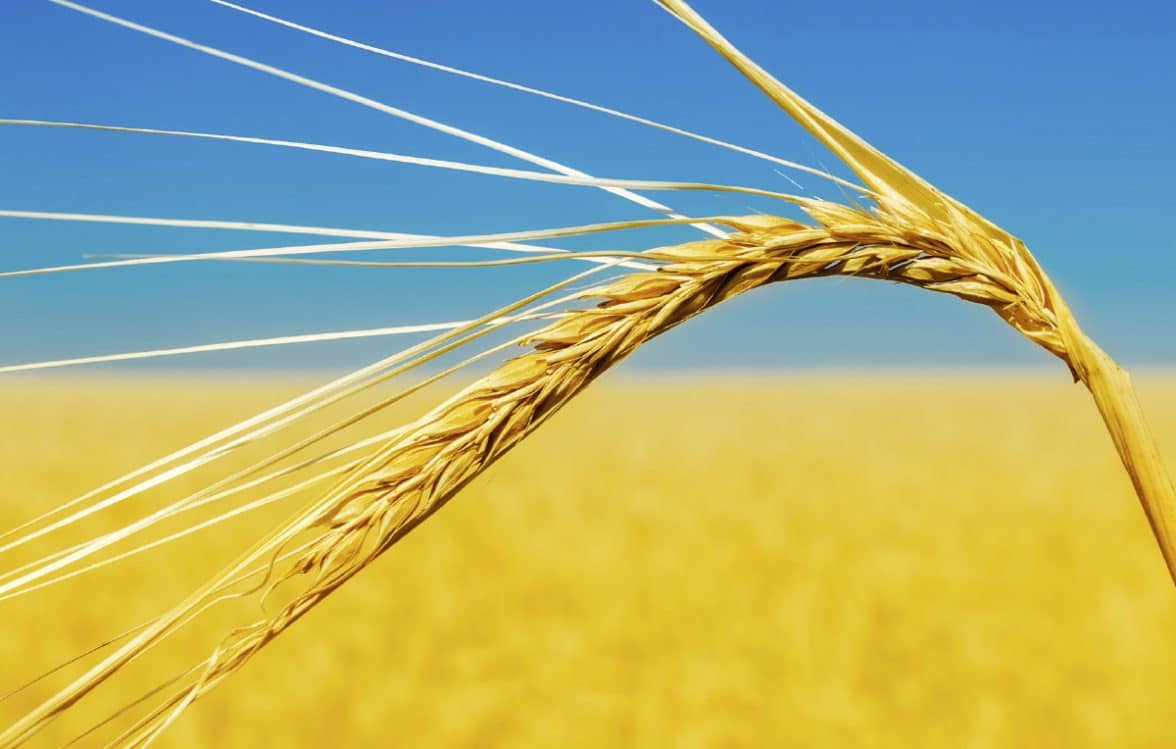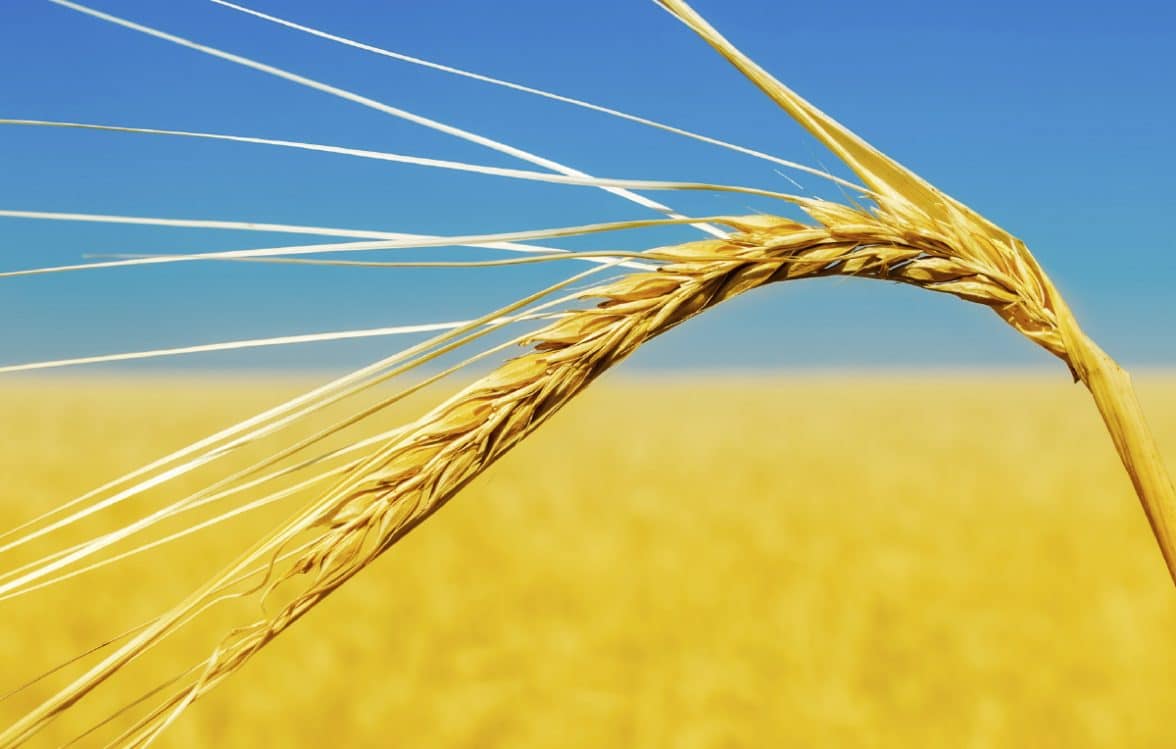
Ukraine, known as one of the world’s key breadbaskets, boasts a rich diversity of agricultural plants. However, the Russian invasion of Ukraine in 2022 dealt a significant blow to its national genebank system, which safeguards thousands of unique plant varieties. For the first time, a comprehensive strategy — developed by Ukrainian authorities with support from the international community — has been introduced to guide the restoration, advancement, and sustainable future of this vital resource.
According to a Crop Trust press release, the Russian invasion has deeply disrupted the country’s agricultural research sector, with field trials destroyed by shelling, research institutions annexed or occupied, funding drastically reduced, and many staff forced to leave. The Ukrainian genebank system is under immense strain, jeopardizing its mission to preserve unique plant varieties. In response, a comprehensive strategy has been adopted, developed with guidance and support from the international community, to address these challenges and protect Ukraine’s agricultural heritage.
“It is a great success that the strategy is now finalized, and we look forward to putting it into action,” says Mykola Roik, Vice-President of the National Academy of Agrarian Sciences of Ukraine. “We are certain that its implementation will lead to increased international cooperation, closer ties with the European plant genetic resources community and a higher level of security for the Ukrainian plant genetic resources. We can also see that this strategy is an important step towards Ukraine becoming an equal member of the European Union.”
The release notes that the strategy consists of a set of goals, tasks and indicators for the development of the Ukrainian Plant Genetic Resources System during the four coming years. Among the most urgent tasks is to guarantee the safety of the collection, which is not easy during a war. Nonetheless, equipment will be modernized, seed laboratories and storage facilities updated, and a new data management system adopted.
“Ukraine’s genebank is among the largest in the world in terms of the volume and variety of seed samples stored in it,” says Viktor Riabchun, Head of the National Center for Plant Genetic Resources of Ukraine in Kharkiv. “The collections of wheat, barley, peas, chickpeas, triticale, apples, and fodder crops are of world importance. With the measures stipulated by the strategy, we will be able to secure our collections for future generations.”
Since the escalation of the invasion in 2022, the Food and Agriculture Organization of the United Nations (FAO) has collaborated closely with NordGen, the Crop Trust, the European Union Delegation in Ukraine, and the European genebank network ECPGR to provide guidance and support.
Mohammed Azouqa, Head of the FAO Office in Ukraine a.i. says that in 2023, they helped with duplication of some of the seeds in the Kharkiv genebank and sent them to a place safer than the frontline. “That was an urgent short-term measure, successfully implemented. Now, we are glad to see that also a long-term plan is in place to safeguard these genetic resources, which are so important for the world’s food security.”
The strategy also aims to enhance international collaboration by fostering membership and active participation in the ECPGR and the FAO Commission on Genetic Resources for Food and Agriculture, as well as by pursuing the ratification of the International Treaty on Plant Genetic Resources for Food and Agriculture (ITPGRFA).
NordGen, the Nordic countries’ genebank and knowledge center for genetic resources, has also provided technical and financial support. Through funds from the Danish Novo Nordisk Fund, NordGen has been able to help with funds for wages as well as sending equipment and providing staff training.
About the Plant Genetic Resources System in Ukraine
The Plant Genetic Resources System of Ukraine (PGRSU) is under to the National Academy of Agrarian Sciences of Ukraine – a self-governing state scientific organization that provides scientific support for the development of the agricultural sector of Ukraine.
PGRSU consist of 34 institutes, including the National Centre for PGRSU (NCPGRU) and other research stations, each responsible for different plant species. Due to the Russian occupation, four research institutes were lost to the system in 2014. Another two were occupied in 2022. Since then, 28 institutions have been operating in the system. These institutions are geographically scattered in Ukraine, making some more vulnerable to the war than others. The main seed collection is in Kharkiv, but a backup facility for the seeds was established in another part of Ukraine in 2023.
The plant genetic resources system in Ukraine safeguards more than 154 000 accessions of 2,002 species: 16% are local varieties, 5,9% are wild relatives of agricultural crops, and the rest are modern varieties and breeding and genetic lines. So far, only 2,780 seed samples are duplicated in the Svalbard Global Seed Vault, but plans are underway to increase this over the coming years.
The post Ukraine Adopts Strategy to Save Crop Diversity appeared first on Seed World.
